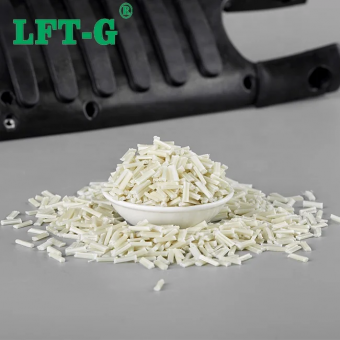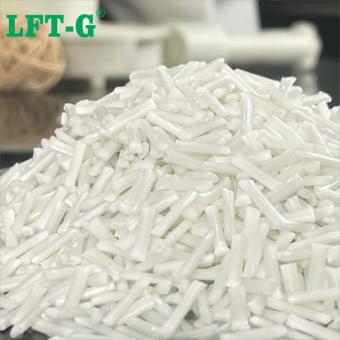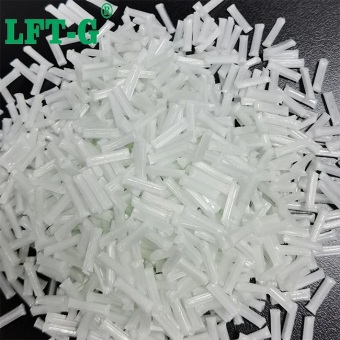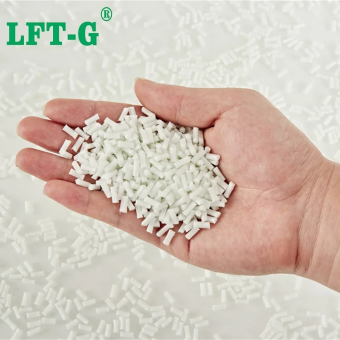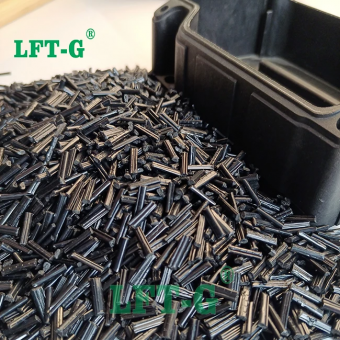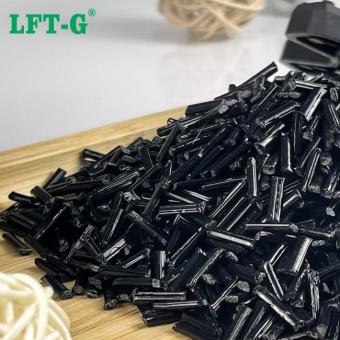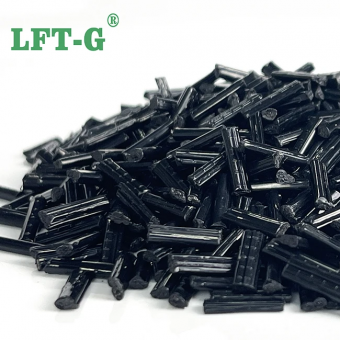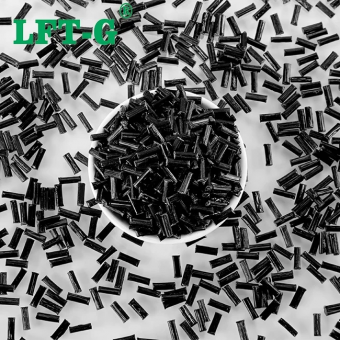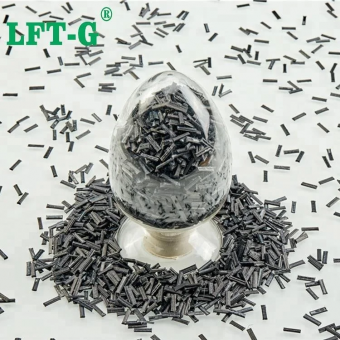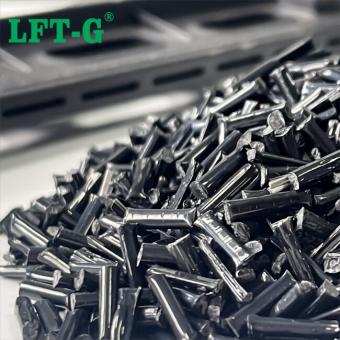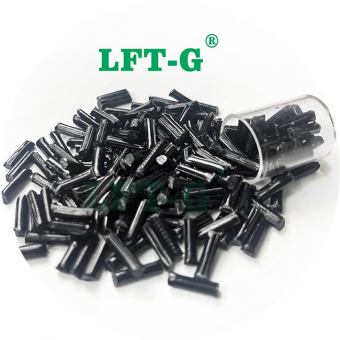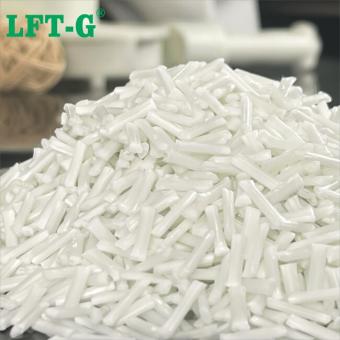-
New Materials LGF Polyamide 66 Nylon for Structural ApplicationsOur PA66 Long Glass Fiber Reinforced Material is a high-performance thermoplastic composite developed for applications demanding superior mechanical strength, dimensional stability, and heat resistance. Ideal for metal replacement and high-load structural components.
- nylon pa66 gf30
- china supplier pa 66
- long fiber composites
- gfrp price per kg
- engineer nylon
- injection molding nylon
Tags :
-
Advanced LGF Polyamide 6 Nylon for Structural ApplicationsOur PA6 Long Glass Fiber Reinforced Material is engineered to deliver exceptional strength, thermal stability, and impact resistance—making it the ideal alternative to metal for lightweight, high-performance components across multiple industries.view more
-
Advanced LGF Homopolymer PP for Structural ApplicationsOur Homopolymer Polypropylene Long Glass Fiber Reinforced Material delivers excellent stiffness, structural strength, and dimensional stability — all while keeping weight and cost low. This material is specifically developed for injection-molded parts that demand rigidity and long-term durability.
- best fiberglass resin
- glass fiber-reinforced high-density PP
- pp gf white
- good price pp plastic
- China enhanced PP resin
- glass fiber filler
Tags :
-
Advanced LGF Copolymer PP for Structural ApplicationsOur Copolymer Polypropylene Long Glass Fiber Reinforced Material combines cutting-edge copolymer polypropylene with premium long glass fibers to create an incredibly durable, high-performance composite. Engineered for demanding industries, it offers superior strength, stability, and resistance in extreme conditions.view more
-
Reinforcing PEEK with Long Carbon Fibers High Strength CompoundsOur PEEK (Polyether Ether Ketone) long carbon fiber composite material is an advanced high-performance thermoplastic engineered for applications requiring exceptional mechanical properties, chemical resistance, and thermal stability. By reinforcing PEEK with long carbon fibers, this composite achieves outstanding strength, stiffness, and durability, making it an ideal choice for demanding industrial applications.
- Plastic PEEK with filler
- carbon fibre material properties
- carbon reinforced composites
- thermoplastic cfrp
- china carbon fiber plastic
- plastic compounds
Tags :
-
Advanced engineering thermoplastic Polyamide 12 Long Carbon FiberOur PA12 long carbon fiber reinforced composite material is an advanced engineering thermoplastic designed to meet high-performance application requirements. By incorporating long carbon fibers into the polyamide 12 (PA12) matrix, this composite achieves exceptional strength, impact resistance, and lightweight properties while maintaining superior dimensional stability and chemical resistance.
- Plastic nylon with filler
Tags :
-
High Strength Plastic Copo PP CFRTR Carbon Fiber Filler Injection MoldingLFT-G's high-performance copolymer polypropylene (PP) long carbon fiber composite is engineered to deliver outstanding mechanical strength, impact resistance, and dimensional stability. This material is ideal for applications requiring lightweight yet durable solutions, offering superior performance compared to conventional short fiber-reinforced PP.
- PP CF 30
Tags :
-
Flame Retardent V0 PPS Long Carbon fiber PelletsOur PPS Long Carbon Fiber Reinforced Composite is a high-performance engineering thermoplastic designed for injection molding applications requiring exceptional strength, thermal stability, and chemical resistance. This advanced material offers outstanding mechanical properties and dimensional stability, making it ideal for demanding industries such as automotive, aerospace, electronics, and industrial equipment.view more
-
High Impact Resistance Polyamide 66 Carbon Fiber filledThe main advantages of nylon 6 are its stiffness and resistance to abrasion. Moreover, this material has excellent impact strength, wear resistance, and electrical insulating properties.
- pa6 vs pa66
- pa66 30 fv
- pa66-cf30 battery
- pa66 cf30 material
- pa66 filament
- nylon factory china
Tags :
-
LFT Carbon Fiber Filler Pa6 Polyamide Composites ResinThe most notable physical property of polyamide is its excellent wear resistance due to its low coefficient of friction created by its self-lubricating properties.
- pa6 plastic material
- difference between pa6 and pa66
- pa6 china
- pa6 price per kg
- nylon reinforced
Tags :
-
High Performance PP with Filler Carbon Fiber PelletsOur long carbon fiber reinforced copolymer polypropylene (PP-LCF) is an advanced thermoplastic composite designed for high-performance applications. This material combines the lightweight and chemical resistance of polypropylene with the exceptional strength and stiffness of long carbon fibers, delivering outstanding mechanical properties and dimensional stability.
- thermoplastic composites applications
- PP CF
- carbon fiber materials
- pp copo
- PP for car parts
- China pp producer
Tags :
-
High Performance MXD6 with Filler Glass Fiber PelletsXiamen LFT Composite Plastic Co., Ltd. introduces MXD6 long glass fiber reinforced thermoplastic, a high-performance material designed to meet the stringent demands of industrial and engineering applications.
- virgin pellet
- nylon-mxd6
- lft kft
- china plastic supplier
- modified MXD6 plastic
- plastic raw materials
Tags :

 e-mail
e-mail English
English français
français Deutsch
Deutsch русский
русский italiano
italiano español
español português
português العربية
العربية 日本語
日本語 한국의
한국의 中文
中文












